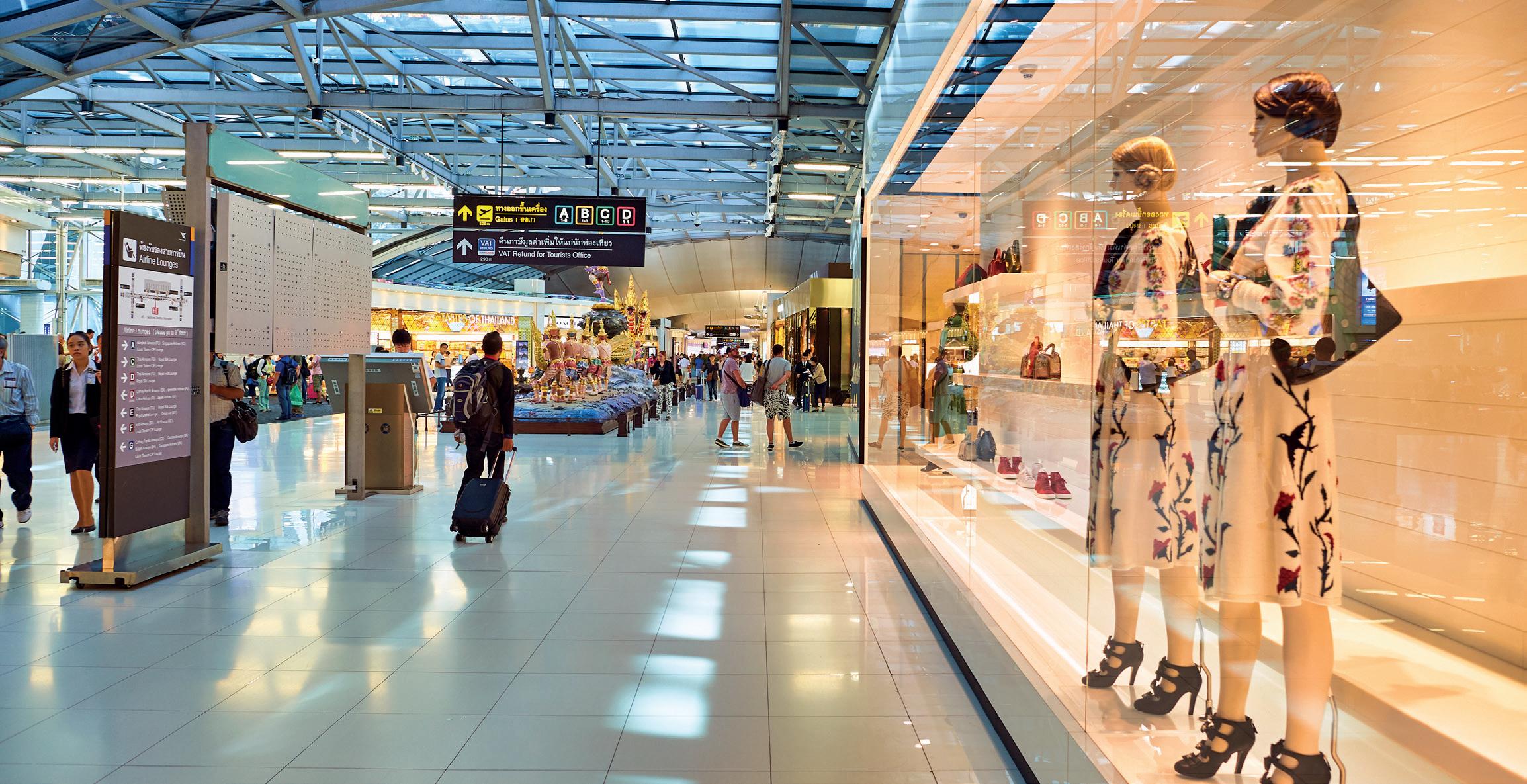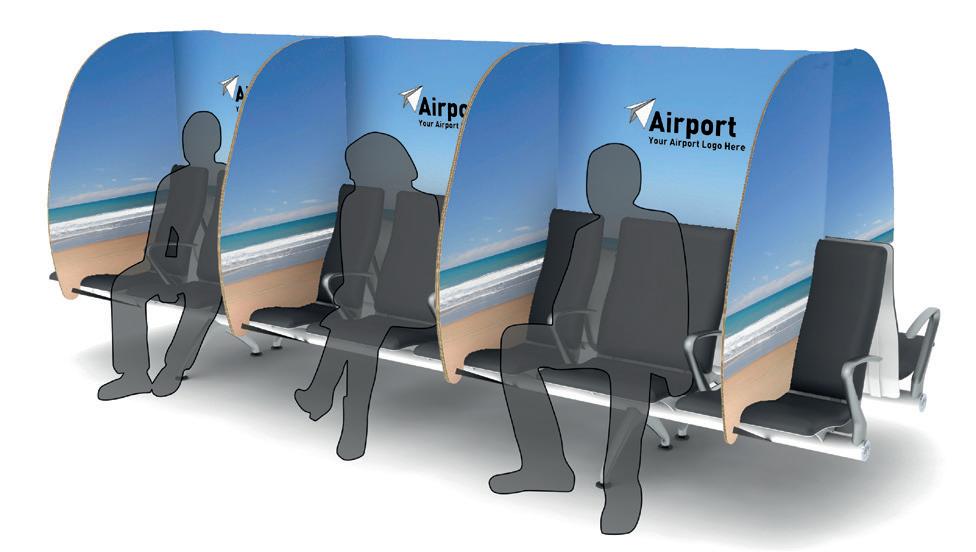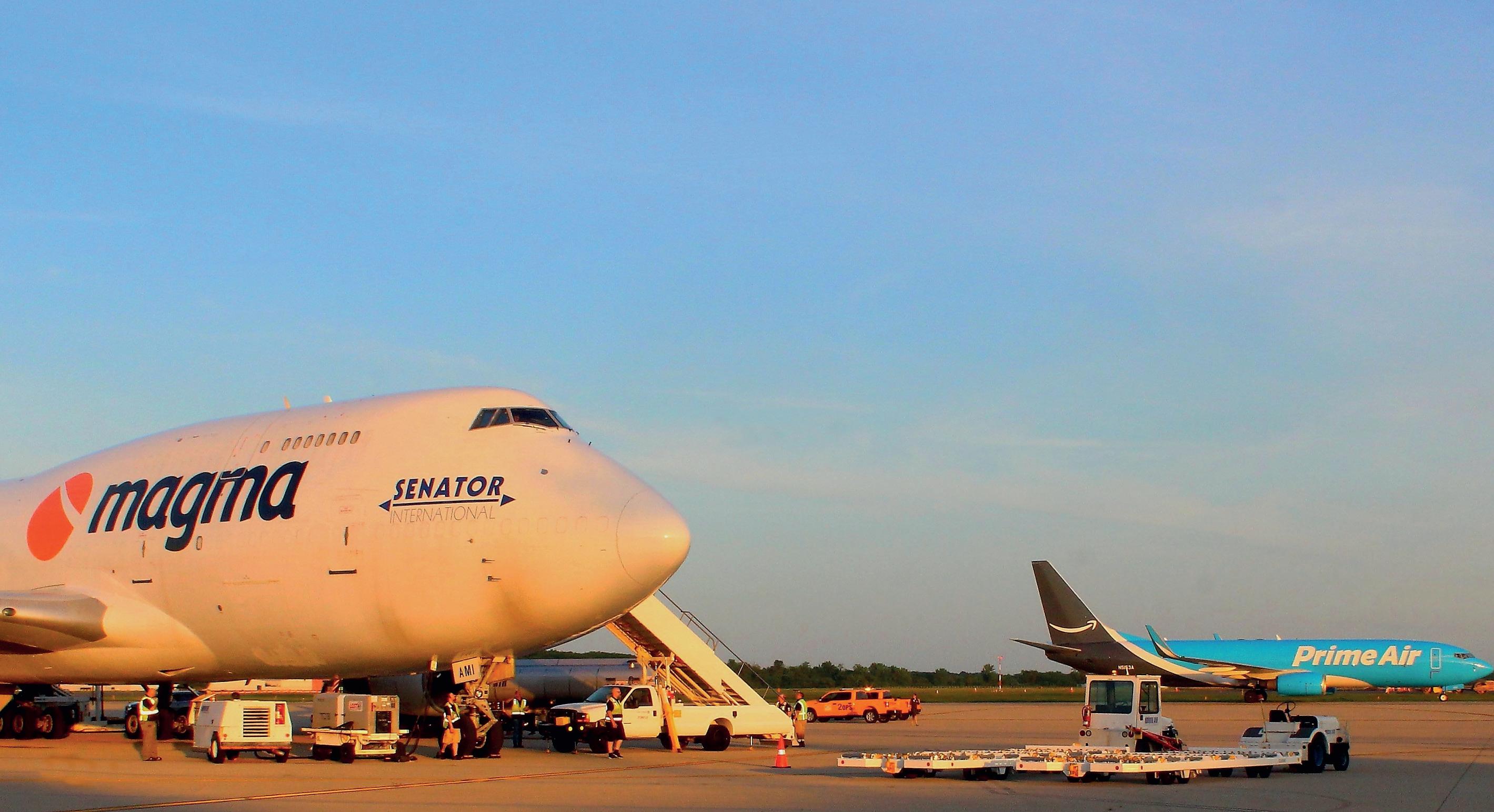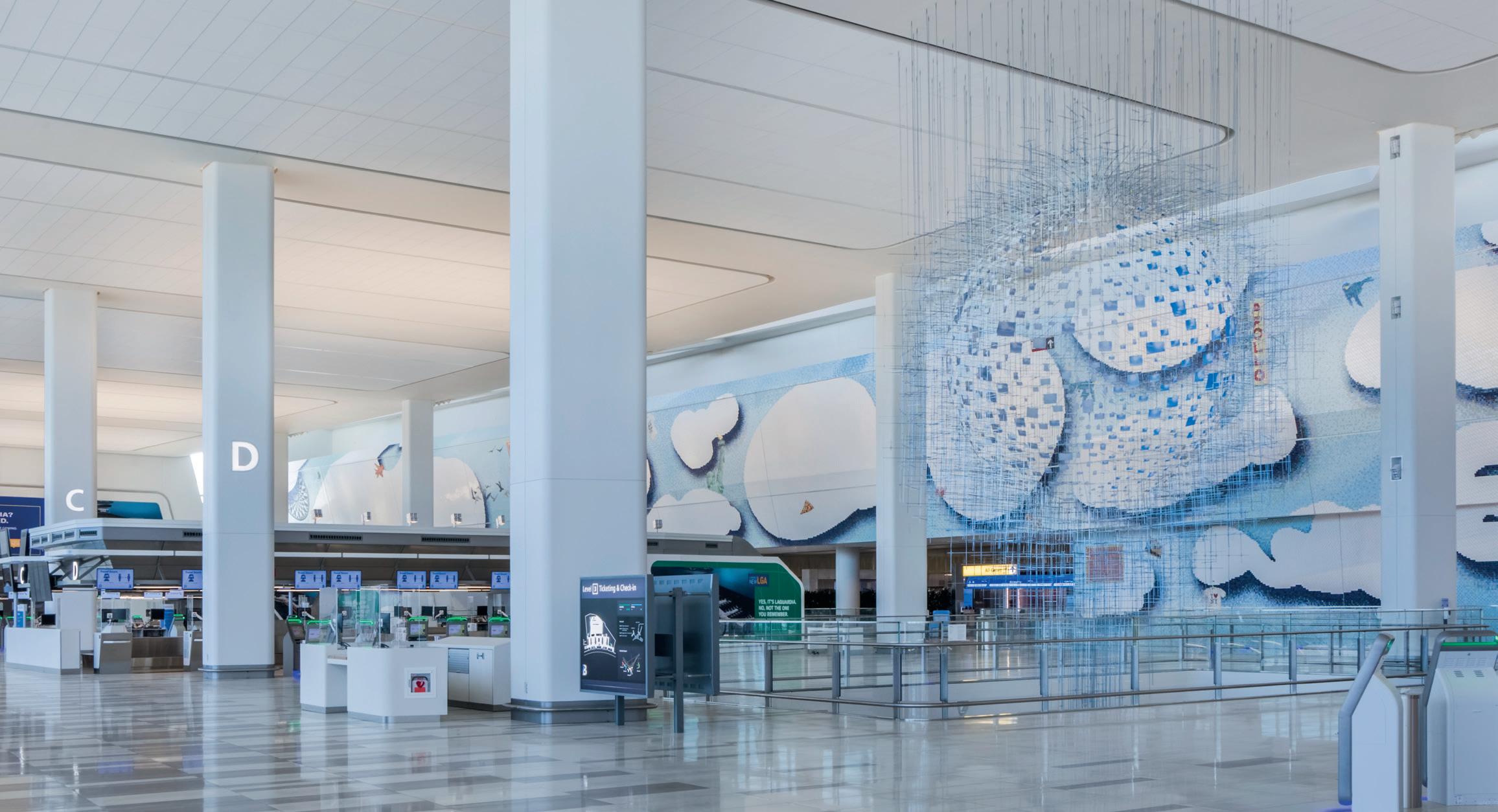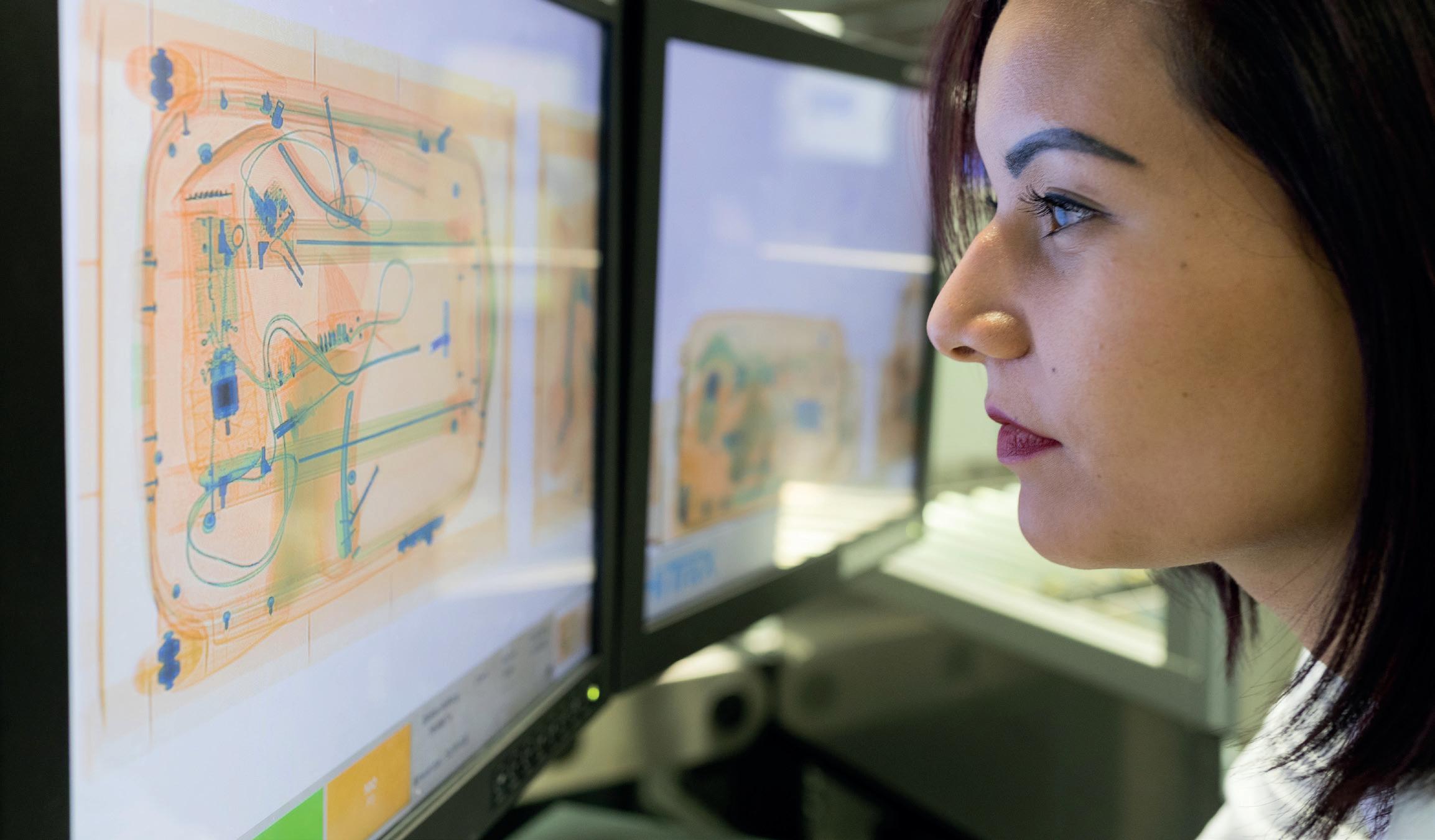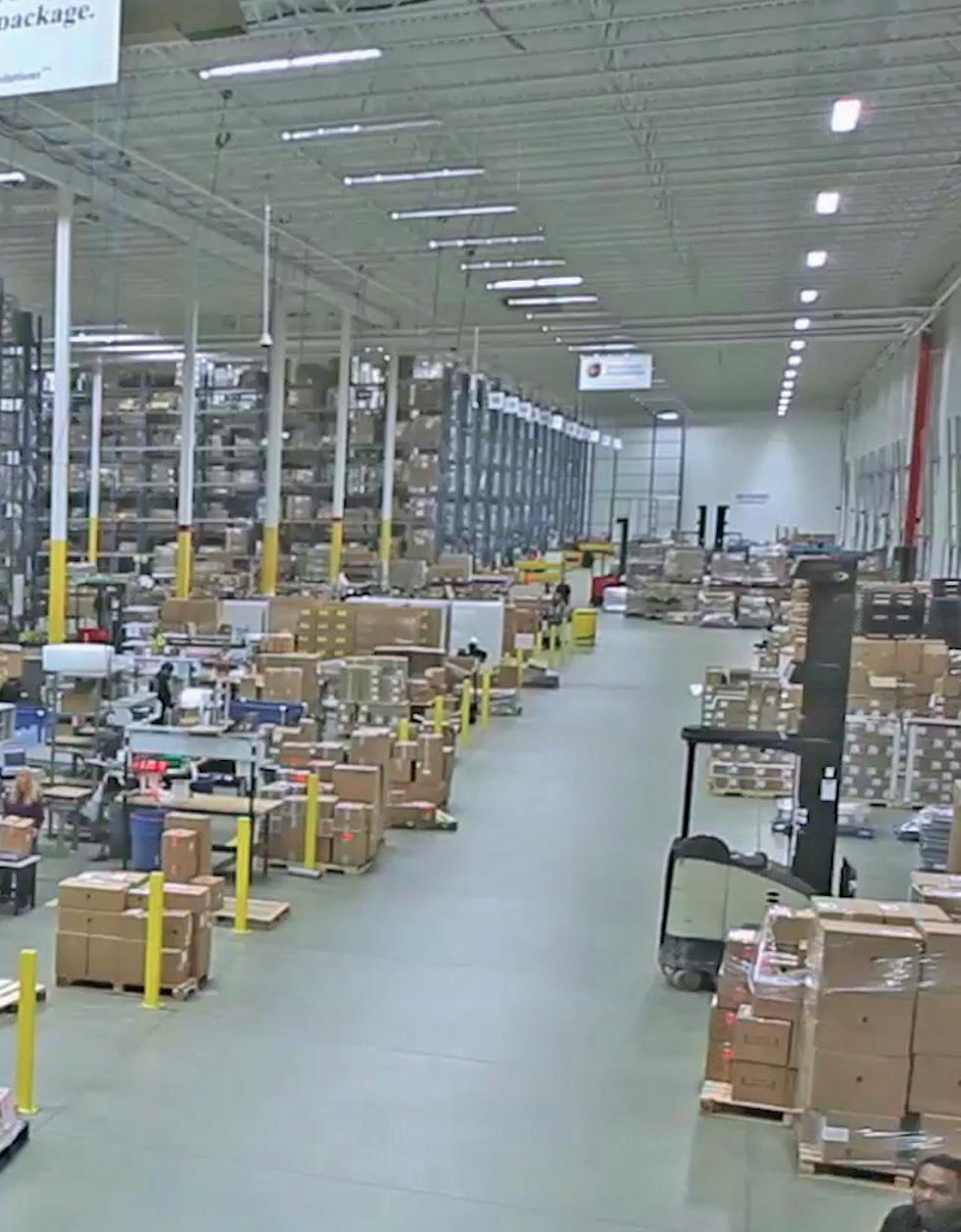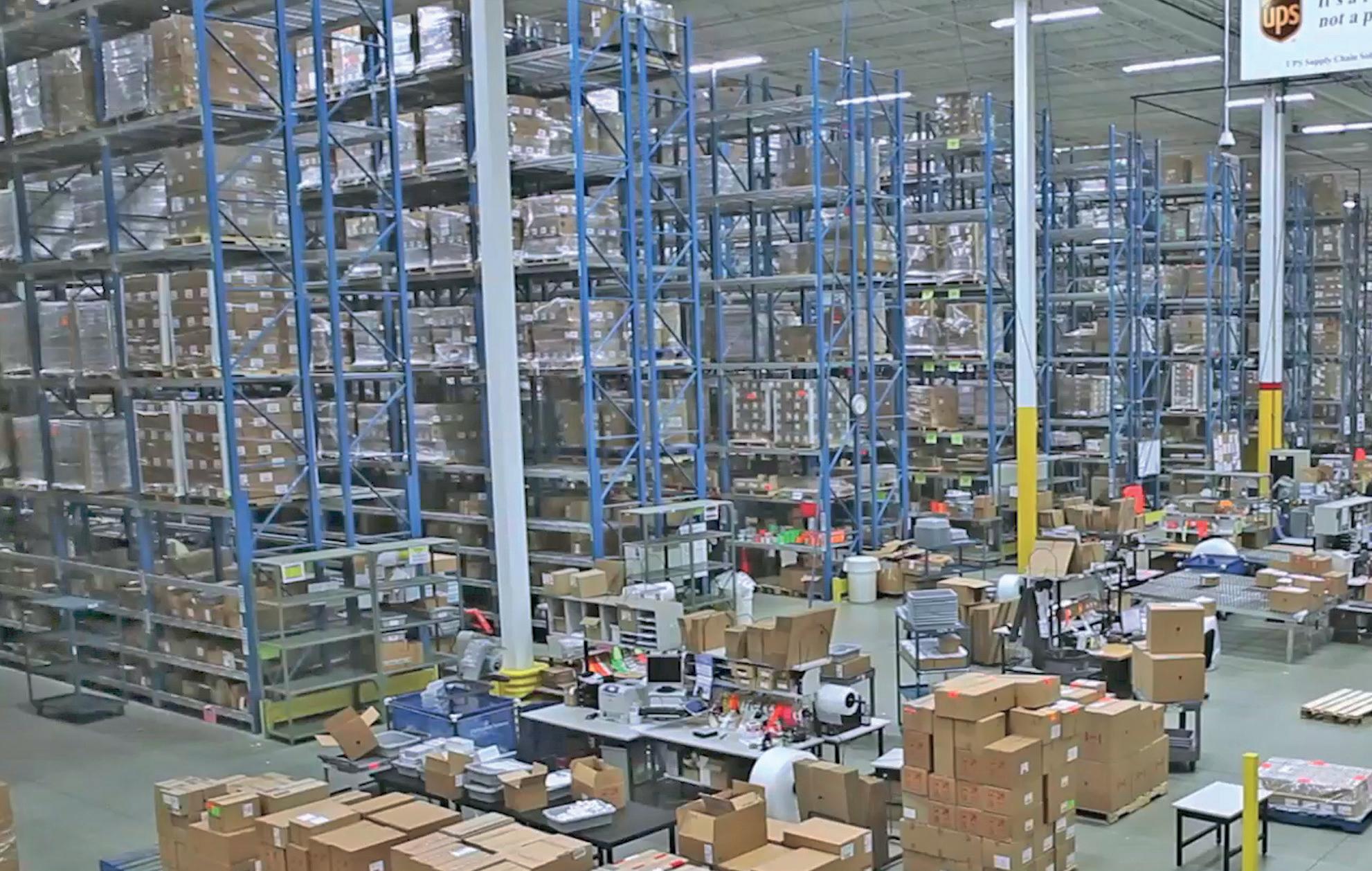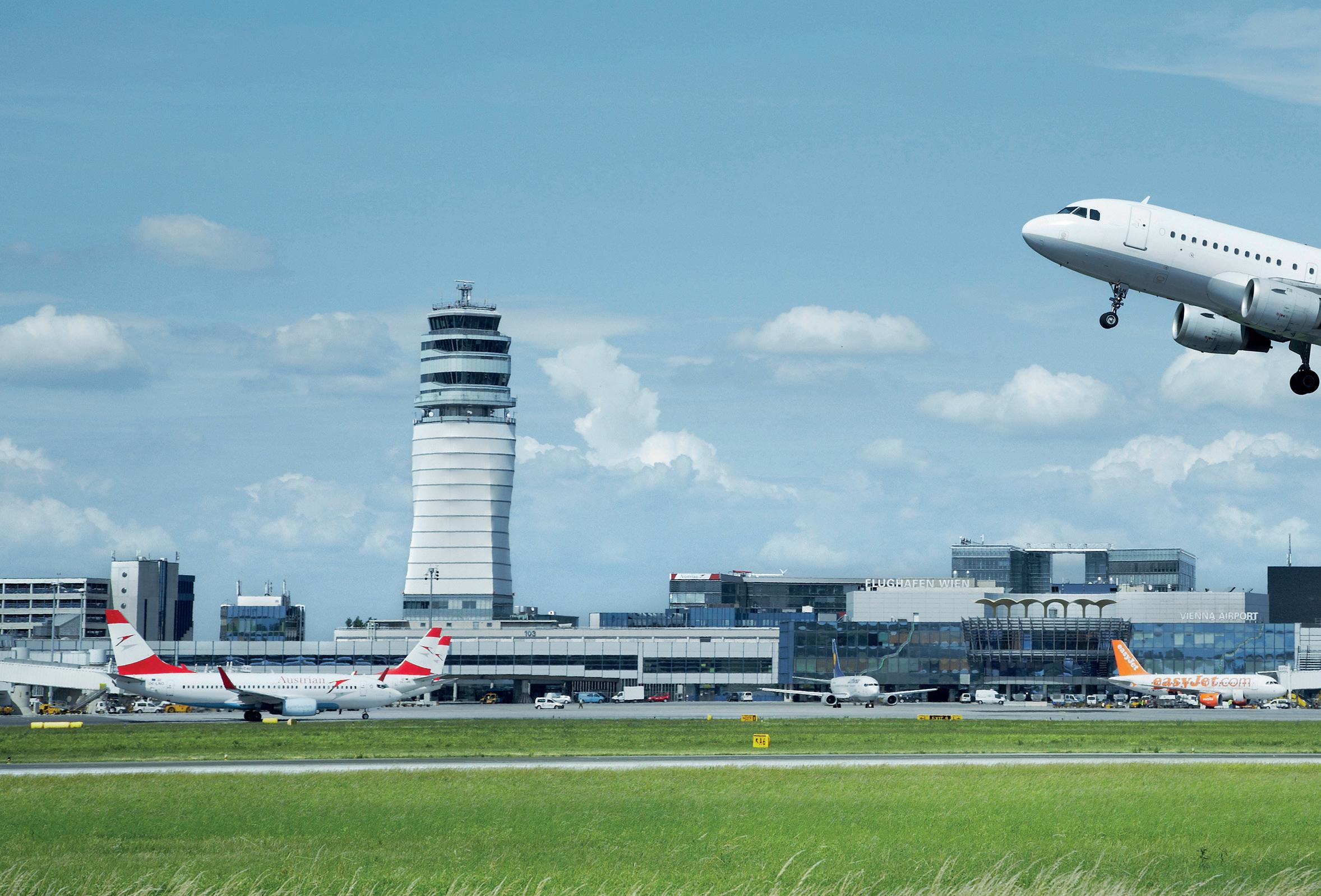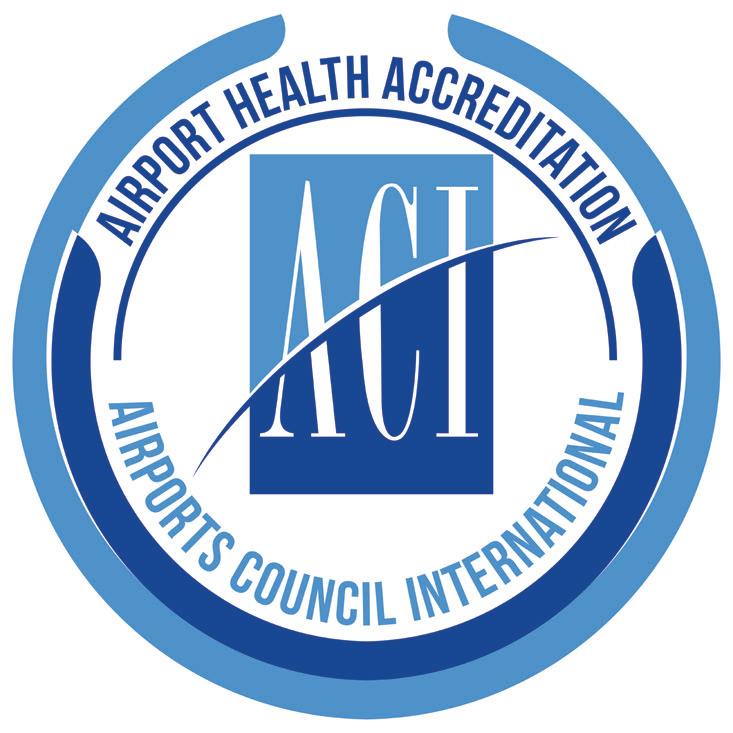SPECIAL REPORT: PLANNING & DESIGN In June 2020, airport cargo weight volume increased by 8% year-over-year at Memphis International Airport (MEM), due to increased e-commerce business through the FedEx hub. Much of this increased volume was handled by FedEx Ground, with FedEx Express volume growth attributed to the movement of medical supplies and equipment by air. When a COVID-19 vaccine is deployed, it will need to be maintained at 2oC to 8oC throughout the shipping process using temperature controlled secure logistics. Vaccines produced with newer technologies could require advanced freezers keeping temperatures below -80oC. The time sensitivity overnight delivery logistics and secured ecosystems of airports are reasons why airports are already weaving opportunities for vaccine distribution into their development strategies. Winnipeg Richardson International Airport (YWG) in Manitoba, Canada, has already been a focal point for moving veterinary science and animal bio-materials, vaccines and medicines, taking advantage of its cold climate.
Food logistics
UPS has more than two million square feet of dedicated healthcare space in Louisville, Kentucky.
Growth of e-commerce, health and food logistics at airports The COVID-19 pandemic has resulted in the acceleration of logistics demands for e-commerce, health items, personal protective equipment (PPE) and perishable foods.
Demand for perishable foods has surged during COVID-19 due to lockdowns, meat plant infections, and logistics challenges. As well, demand patterns have shifted as restaurants have been closed. DHL Australia reports its high-value perishable food shipments (including fruits, vegetables, meat, seafood and dairy products), 70% of which were destined for restaurants prior to COVID-19, have been re-allocated to meet rising grocery store demands. At Houston’s George Bush Intercontinental Airport (IAH), during the COVID-19 pandemic, 1,200 United employee volunteers processed 2.2 million pounds of food for the Houston Food Bank through a pop-up distribution centre in one of United Airlines’ cargo facilities.
E-commerce As a result of COVID-19, DHL Express will add 400 new jobs in the USA to address the spike in online shopping and demand for urgent shipments of medical and PPE. DHL Express’ Americas Hub at Cincinnati/Northern Kentucky International Airport (CVG) has seen a 30% year-over-year increase in shipment volumes. Elsewhere, its gateway facilities at Chicago O’Hare and Miami International Airport have seen volumes increase 25% and 22% respectively. The evolving Amazon Prime Air Hub at Cincinnati/Northern Kentucky International Airport has been very timely with the growth in e-commerce resulting from the COVID-19 pandemic. This $1.5 billion project at CVG has the capacity to handle 100 aircraft and up to 200 flights per day, accelerating Amazon Prime’s service delivery time from two days to one.
Different strokes Below are a few examples of how airports are adapting to COVID-19 by temporarily changing the use of their real estate.
ă 5H SXUSRVLQJ SDUNLQJ DQG WHUPLQDO DUHDV In the USA, the Parking Spot, with 37 parking locations at 22 airports, has diversified their portfolio to include storage for non-airport passenger vehicles such as tractor trailers and commercial vehicles. Forbes reports that this diversified activity has helped to reposition Parking Spot’s revenues, with over one-third of revenues being generated by non-airport-related sources. Meanwhile, XpressSpa is re-purposing some of its 46 locations as COVID-19 testing locations. Their first location was launched at New York-JFK and is being used to test 500 workers a day.
Health logistics in April 2020, UPS Healthcare opened its new 450,000sqft Healthcare Distribution Center at Louisville Muhammad Ali International Airport (SDF), adjacent to the UPS Worldport. This facility features dedicated space for the Federal Emergency Management Agency’s (FEMA’s) ‘Project Airbridge’, a public-private partnership aiming to transport life-saving equipment including test kits, PPE, ventilators, ICU monitoring units and medical devices, as well as time and temperature sensitive pharmaceutical supplies to hospitals and markets around the globe, processing over 72 million units in response to the pandemic.
ă 3RS XS HQWHUWDLQPHQW XVHV Various airports are re-purposing airport assets to target the local population base with ‘safe and socially distant’ entertainment activities. To generate short-term revenues, for example, Vilnius International Airport in Lithuania has converted a portion of the terminal airside apron into an outdoor drive-in movie theatre called ‘Aero Kinas’, as most of Lithuania’s theaters have been closed during the COVID-19 pandemic. At Cologne Bonn Airport in Germany, an empty parking lot has been re-utilised to exhibit 300 works of Art during COVID-19.
AIRPORT WORLD/ISSUE 4, 2020
25


